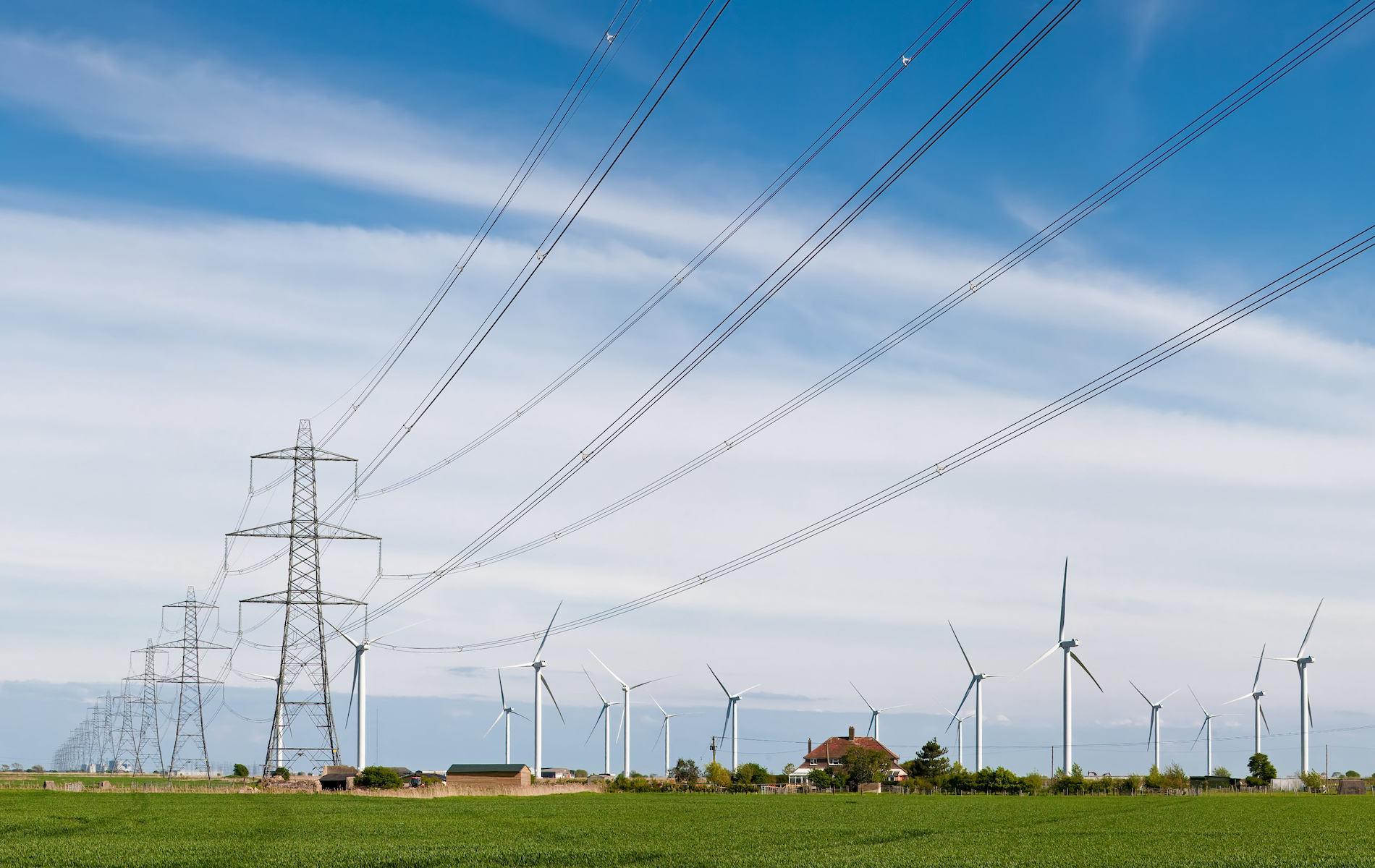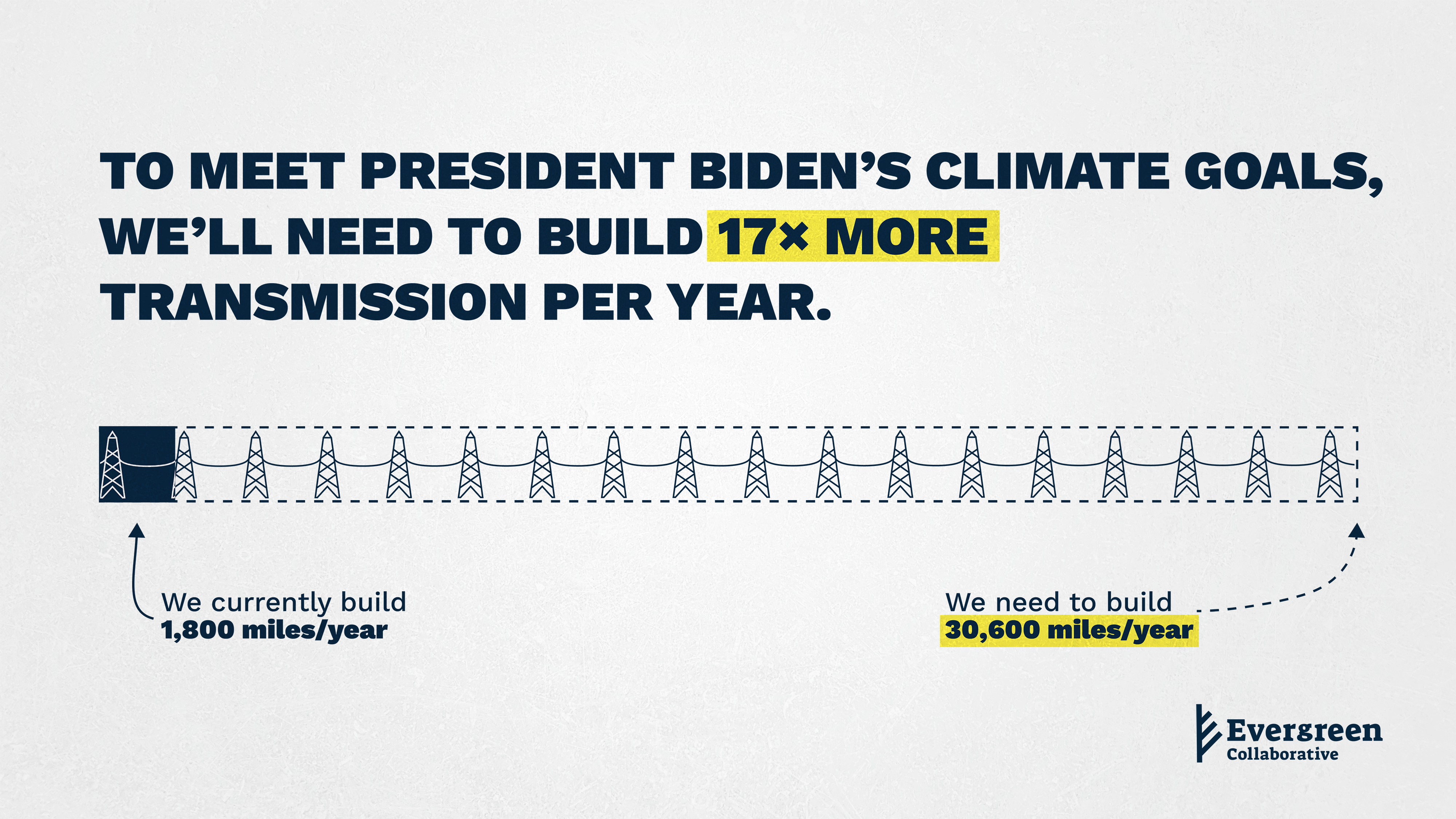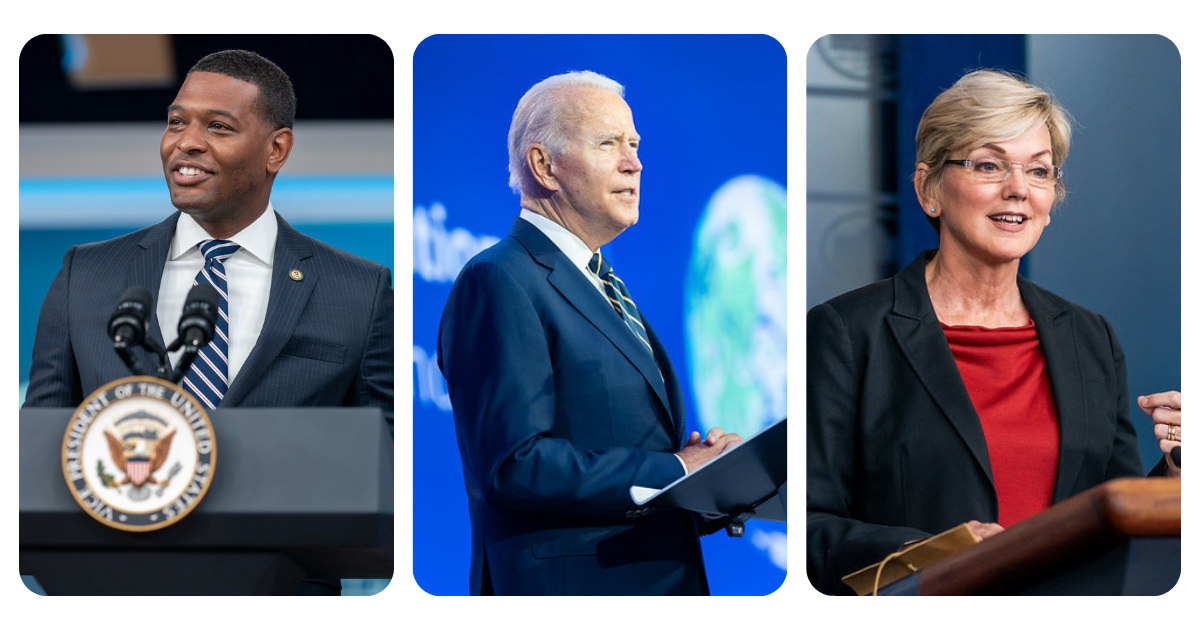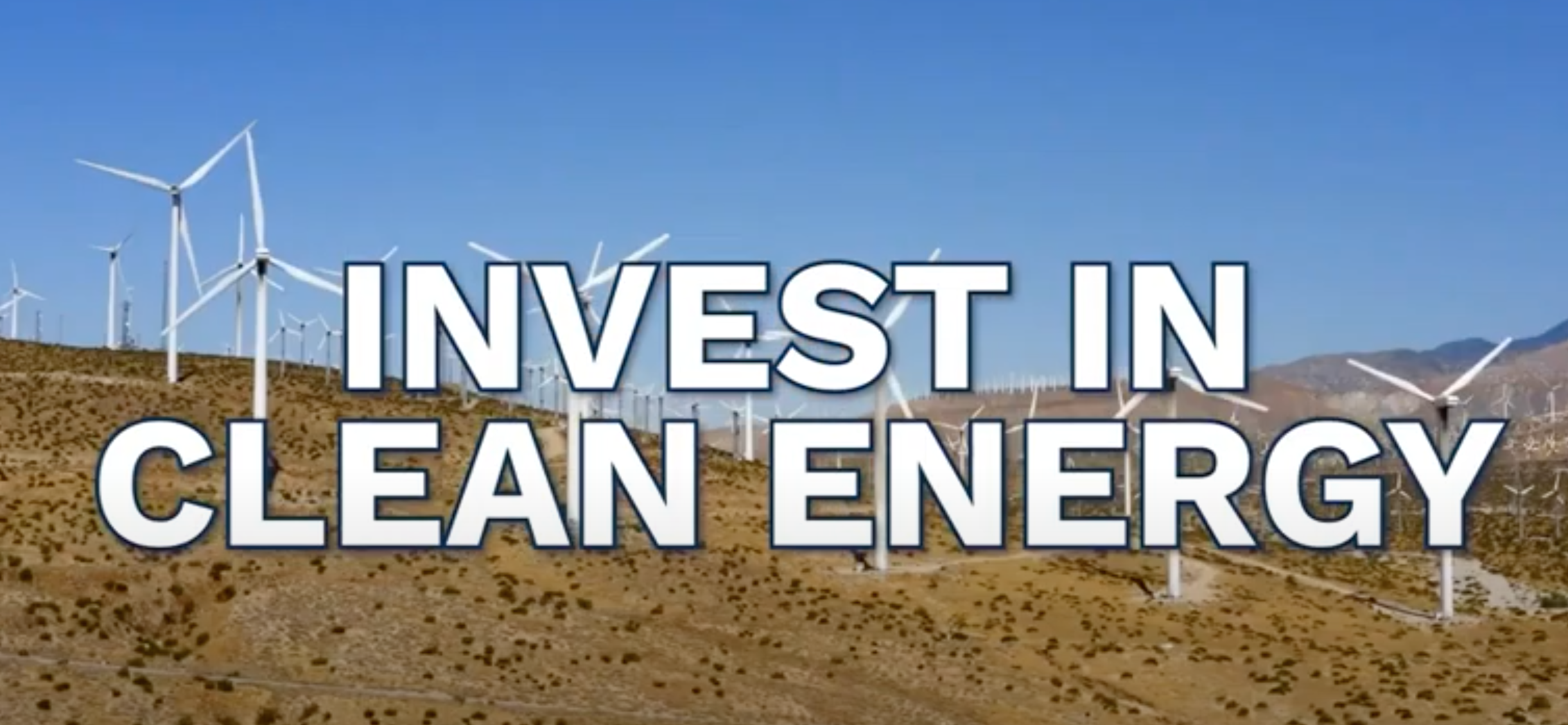Here’s the Solution
Thankfully, the Federal Energy Regulatory Commission (FERC) has a chance to finally address the problem in an important rulemaking happening right now. FERC, the federal agency responsible for regulating electricity transmission and power markets, released a Notice of Proposed Rulemaking on transmission planning in April. This draft rule proposes that transmission planners, including utilities and regional transmission operators, begin to plan proactively for the future resource mix—which they have not been doing in most cases. It provides a number of specific proposals on how transmission is planned and paid for and asks the public to comment on them. FERC is accepting official comments on the proposal until August 17.
Historically, transmission was planned separately by the more than 300 utilities around the country, which operated as vertical silos. They usually met local energy demand with local energy generation—meaning there wasn’t much distance from where power was generated to where it was needed. In the future, clean energy grids will rely on geographically diverse sources of supply to smooth out the variability of renewable generation. Furthermore, many of the windiest and sunniest areas of the country (like the Great Plains and the Southwest, respectively) are located far from the population centers that need the most electricity. That will require regional planning institutions and robust, forward-looking planning. The current state of affairs is untenable; we need to get to that future paradigm.
By creating federal guidelines on transmission planning, FERC can ensure that grid planners across the country are preparing for the clean energy future. FERC’s central proposal is to require the creation of long-term transmission plans that would reflect the changing energy mix—including the massive amount of clean energy coming online and states’ clean energy targets. FERC would also require more regional coordination on power lines that cross state borders—crucial for the long-distance transmission necessary for renewable energy.
The draft rule would also tackle the important issue of who pays for expanding our grid. When new clean energy comes online, grid operators usually make those individual clean energy projects pay for transmission upgrades themselves, even though the upgrades benefit all of the end users across the region and the resources that will be connected in the future. It’ is like the next car on the highway having to pay for the whole lane expansion. FERC is proposing that all beneficiaries pay a share based on the benefits they receive, and that states play a key role in deciding that cost allocation.
Transmission lines are difficult to site, especially if neighbors are opposed to lines in their backyards. While this particular FERC rulemaking does not tackle siting issues directly, it does provide for a “right-sizing” approach to take advantage of existing rights-of-way without the need for siting new transmission corridors.
FERC’s transmission rule would go a long way toward scaling up much-needed transmission infrastructure, but several other policies will be important too. The Infrastructure Investment and Jobs Act, which passed in 2021, provides the U.S. Department of Energy (DOE) with some financing tools and gives FERC greater ability to site transmission lines using federal authority (similar to how gas pipelines have been sited for years). In January, DOE also launched the Building a Better Grid Initiative, which will work to streamline transmission permitting, identify high-priority transmission corridors eligible for FERC siting, and distribute around $5 billion in funding for new transmission.
FERC and DOE must aggressively use each of these authorities to further streamline and expedite transmission buildout. Without substantial new investment from Congress through reconciliation, including an Investment Tax Credit for transmission, these executive actions are even more important.




